Zhi Lu
A Hybrid Deep Learning Anomaly Detection Framework for Intrusion Detection
Dec 02, 2022



Abstract:Cyber intrusion attacks that compromise the users' critical and sensitive data are escalating in volume and intensity, especially with the growing connections between our daily life and the Internet. The large volume and high complexity of such intrusion attacks have impeded the effectiveness of most traditional defence techniques. While at the same time, the remarkable performance of the machine learning methods, especially deep learning, in computer vision, had garnered research interests from the cyber security community to further enhance and automate intrusion detections. However, the expensive data labeling and limitation of anomalous data make it challenging to train an intrusion detector in a fully supervised manner. Therefore, intrusion detection based on unsupervised anomaly detection is an important feature too. In this paper, we propose a three-stage deep learning anomaly detection based network intrusion attack detection framework. The framework comprises an integration of unsupervised (K-means clustering), semi-supervised (GANomaly) and supervised learning (CNN) algorithms. We then evaluated and showed the performance of our implemented framework on three benchmark datasets: NSL-KDD, CIC-IDS2018, and TON_IoT.
* Keywords: Cybersecurity, Anomaly Detection, Intrusion Detection, Deep Learning, Unsupervised Learning, Neural Networks; https://ieeexplore.ieee.org/document/9799486
Intrusion Detection in Internet of Things using Convolutional Neural Networks
Nov 18, 2022



Abstract:Internet of Things (IoT) has become a popular paradigm to fulfil needs of the industry such as asset tracking, resource monitoring and automation. As security mechanisms are often neglected during the deployment of IoT devices, they are more easily attacked by complicated and large volume intrusion attacks using advanced techniques. Artificial Intelligence (AI) has been used by the cyber security community in the past decade to automatically identify such attacks. However, deep learning methods have yet to be extensively explored for Intrusion Detection Systems (IDS) specifically for IoT. Most recent works are based on time sequential models like LSTM and there is short of research in CNNs as they are not naturally suited for this problem. In this article, we propose a novel solution to the intrusion attacks against IoT devices using CNNs. The data is encoded as the convolutional operations to capture the patterns from the sensors data along time that are useful for attacks detection by CNNs. The proposed method is integrated with two classical CNNs: ResNet and EfficientNet, where the detection performance is evaluated. The experimental results show significant improvement in both true positive rate and false positive rate compared to the baseline using LSTM.
* Keywords: Cybersecurity, Intrusion Detection, IoT, Deep Learning, Convolutional Neural Networks; https://ieeexplore.ieee.org/abstract/document/9647828
PhilaeX: Explaining the Failure and Success of AI Models in Malware Detection
Jul 02, 2022
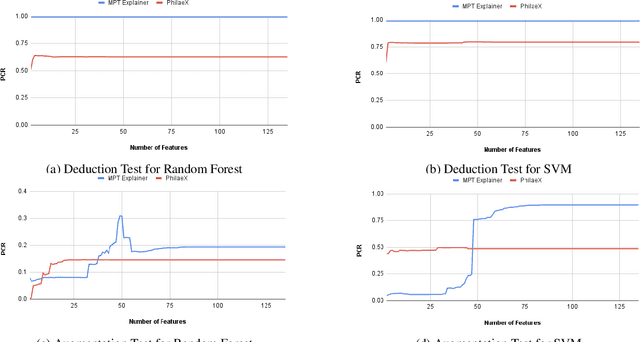
Abstract:The explanation to an AI model's prediction used to support decision making in cyber security, is of critical importance. It is especially so when the model's incorrect prediction can lead to severe damages or even losses to lives and critical assets. However, most existing AI models lack the ability to provide explanations on their prediction results, despite their strong performance in most scenarios. In this work, we propose a novel explainable AI method, called PhilaeX, that provides the heuristic means to identify the optimized subset of features to form the complete explanations of AI models' predictions. It identifies the features that lead to the model's borderline prediction, and those with positive individual contributions are extracted. The feature attributions are then quantified through the optimization of a Ridge regression model. We verify the explanation fidelity through two experiments. First, we assess our method's capability in correctly identifying the activated features in the adversarial samples of Android malwares, through the features attribution values from PhilaeX. Second, the deduction and augmentation tests, are used to assess the fidelity of the explanations. The results show that PhilaeX is able to explain different types of classifiers correctly, with higher fidelity explanations, compared to the state-of-the-arts methods such as LIME and SHAP.
RFGAN: RF-Based Human Synthesis
Dec 07, 2021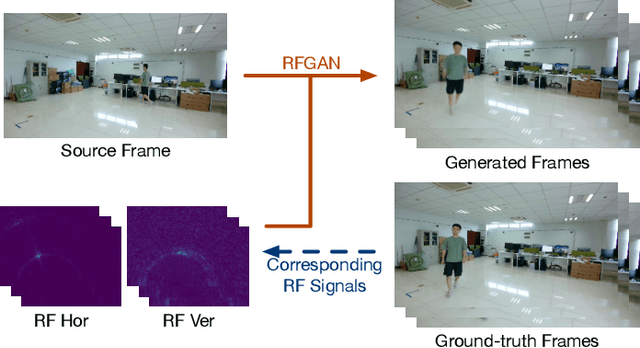
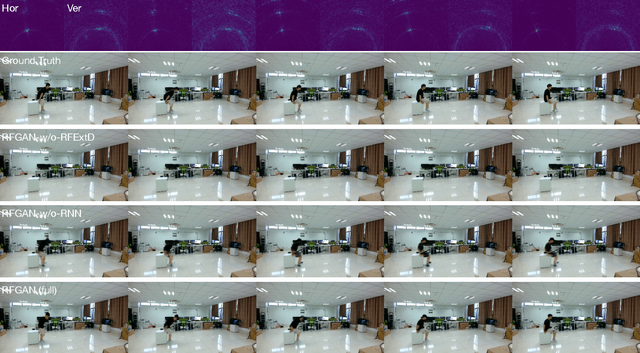

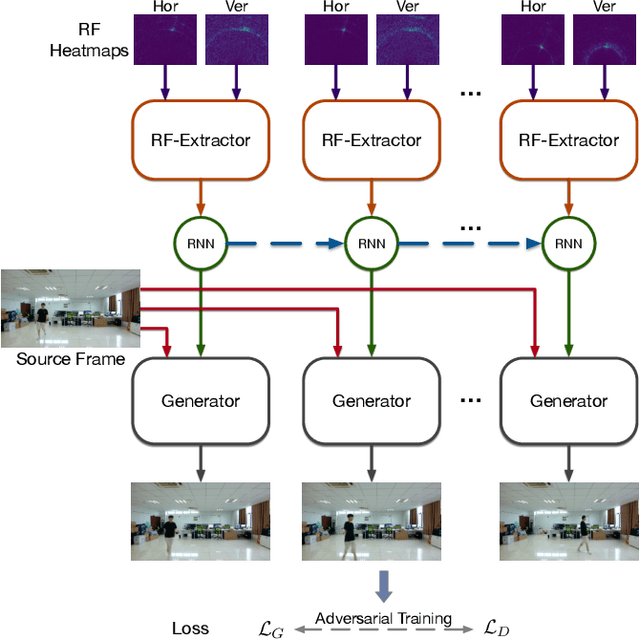
Abstract:This paper demonstrates human synthesis based on the Radio Frequency (RF) signals, which leverages the fact that RF signals can record human movements with the signal reflections off the human body. Different from existing RF sensing works that can only perceive humans roughly, this paper aims to generate fine-grained optical human images by introducing a novel cross-modal RFGAN model. Specifically, we first build a radio system equipped with horizontal and vertical antenna arrays to transceive RF signals. Since the reflected RF signals are processed as obscure signal projection heatmaps on the horizontal and vertical planes, we design a RF-Extractor with RNN in RFGAN for RF heatmap encoding and combining to obtain the human activity information. Then we inject the information extracted by the RF-Extractor and RNN as the condition into GAN using the proposed RF-based adaptive normalizations. Finally, we train the whole model in an end-to-end manner. To evaluate our proposed model, we create two cross-modal datasets (RF-Walk & RF-Activity) that contain thousands of optical human activity frames and corresponding RF signals. Experimental results show that the RFGAN can generate target human activity frames using RF signals. To the best of our knowledge, this is the first work to generate optical images based on RF signals.
"How Does It Detect A Malicious App?" Explaining the Predictions of AI-based Android Malware Detector
Nov 06, 2021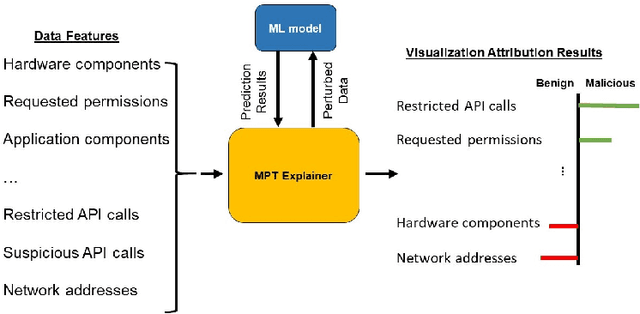
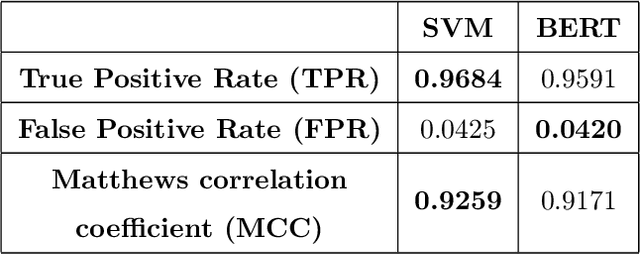

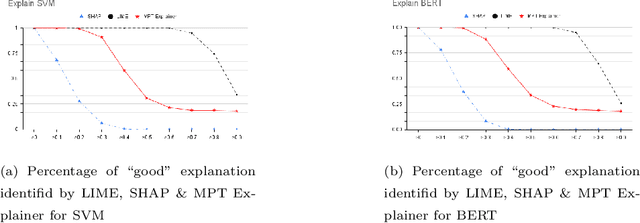
Abstract:AI methods have been proven to yield impressive performance on Android malware detection. However, most AI-based methods make predictions of suspicious samples in a black-box manner without transparency on models' inference. The expectation on models' explainability and transparency by cyber security and AI practitioners to assure the trustworthiness increases. In this article, we present a novel model-agnostic explanation method for AI models applied for Android malware detection. Our proposed method identifies and quantifies the data features relevance to the predictions by two steps: i) data perturbation that generates the synthetic data by manipulating features' values; and ii) optimization of features attribution values to seek significant changes of prediction scores on the perturbed data with minimal feature values changes. The proposed method is validated by three experiments. We firstly demonstrate that our proposed model explanation method can aid in discovering how AI models are evaded by adversarial samples quantitatively. In the following experiments, we compare the explainability and fidelity of our proposed method with state-of-the-arts, respectively.
Automated Detection of Individual Micro-calcifications from Mammograms using a Multi-stage Cascade Approach
Oct 07, 2016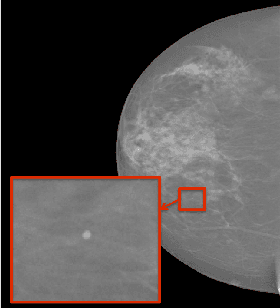
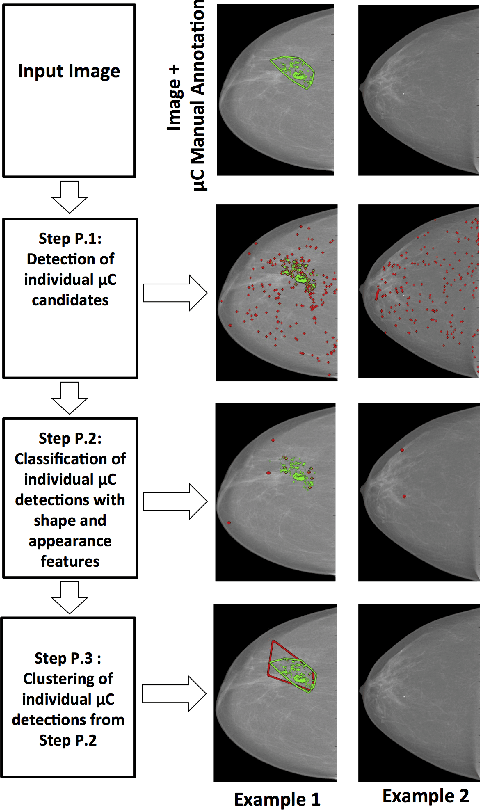
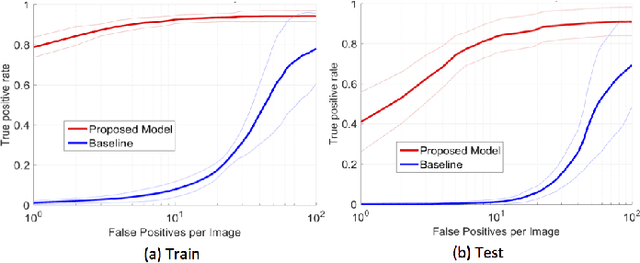
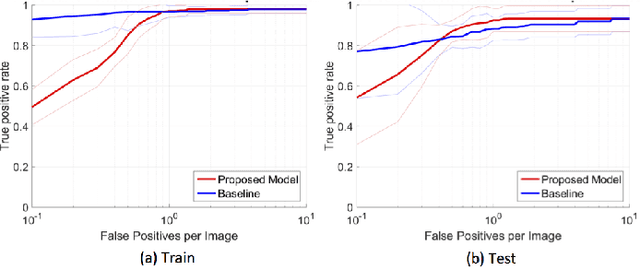
Abstract:In mammography, the efficacy of computer-aided detection methods depends, in part, on the robust localisation of micro-calcifications ($\mu$C). Currently, the most effective methods are based on three steps: 1) detection of individual $\mu$C candidates, 2) clustering of individual $\mu$C candidates, and 3) classification of $\mu$C clusters. Where the second step is motivated both to reduce the number of false positive detections from the first step and on the evidence that malignancy depends on a relatively large number of $\mu$C detections within a certain area. In this paper, we propose a novel approach to $\mu$C detection, consisting of the detection \emph{and} classification of individual $\mu$C candidates, using shape and appearance features, using a cascade of boosting classifiers. The final step in our approach then clusters the remaining individual $\mu$C candidates. The main advantage of this approach lies in its ability to reject a significant number of false positive $\mu$C candidates compared to previously proposed methods. Specifically, on the INbreast dataset, we show that our approach has a true positive rate (TPR) for individual $\mu$Cs of 40\% at one false positive per image (FPI) and a TPR of 80\% at 10 FPI. These results are significantly more accurate than the current state of the art, which has a TPR of less than 1\% at one FPI and a TPR of 10\% at 10 FPI. Our results are competitive with the state of the art at the subsequent stage of detecting clusters of $\mu$Cs.
 Add to Chrome
Add to Chrome Add to Firefox
Add to Firefox Add to Edge
Add to Edge